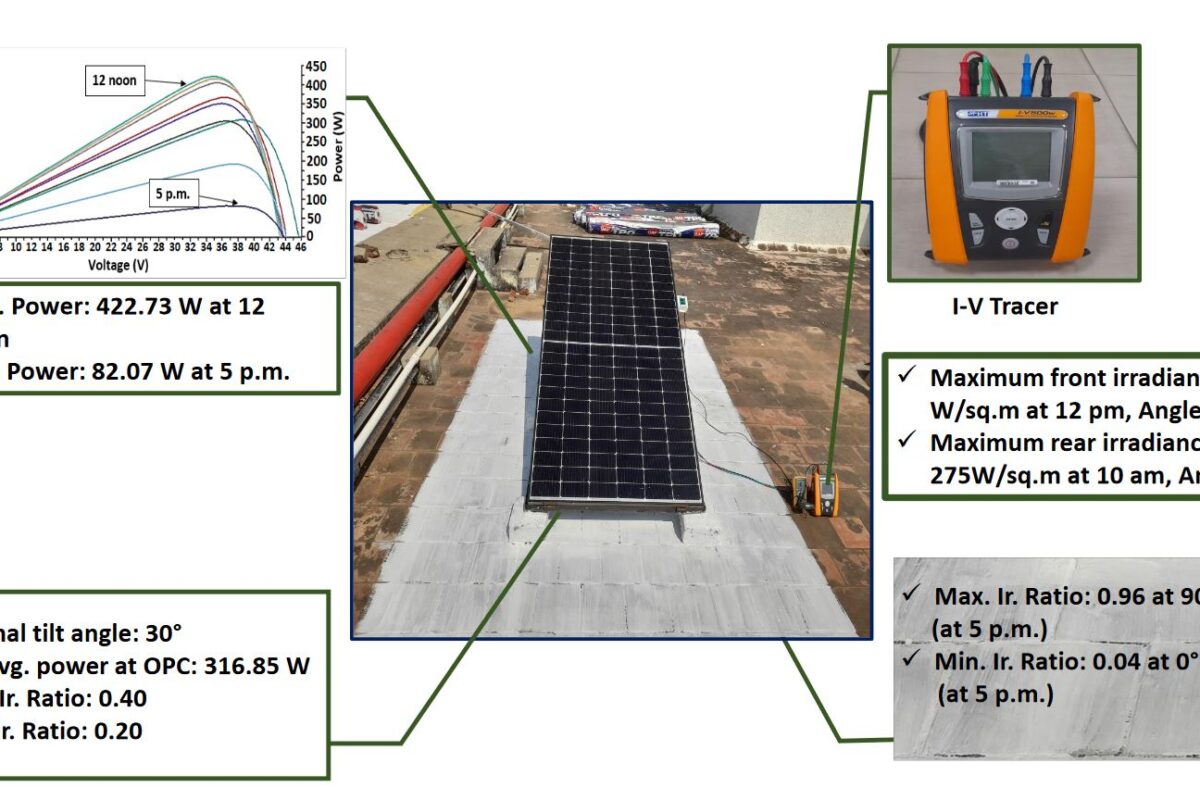According to new figures from Ireland’s distribution system operator (DSO) ESB Networks, the country now has more than 100,000 rooftop solar projects, cumulatively adding more than 400 MW of clean energy to the national grid.
“The delivery of 100,000 rooftop solar renewable generator connections is significant,” said Nicholas Tarrant, managing director at Ireland DSO ESB Networks. “Solar energy is Ireland’s fastest growing renewable power source, and the 400 MW of microgeneration complements a further 800 MW of larger scale solar connected in recent years. It is testament to customers choosing to significantly reduce their carbon footprint and help displace the use of imported fossil fuels.”
According to ESB Networks, the rooftop momentum has been building in recent times, with 20% of the total current capacity installed over the past six months. Moreover, ESB Networks said in a statement that it is continuing to progress with about 750 microgeneration connection applications per week.
“Irish people are mature enough and responsive to the solar market for home energy production,” Andrea Mansoldo, consultant at DNV, and an expert in the Irish energy market, told pv magazine.
Mansoldo added that regulatory changes, such as the removal of what he called the “silly constraint” on rooftop solar installations may have also helped boost adoption. Prior to 2022, there was a limit of 12 square meters on the amount of solar that could be installed on rooftops in Ireland.
pv magazine
Another positive contributing development, according to Mansoldo, has been the microgeneration scheme which enables households to be paid for any excess renewable energy they generate. Different providers offer different feed-in-tariff rates; at the time of publication the rates varied from around €0.16 ($0.17)/kWh to €0.25/kWh.
Conall Bolger, CEO of the Irish Solar Energy Association (ISEA), agreed with Mansoldo and Tarrant that the milestone reflects a growing excitement within the Irish population for solar technology. “It is driven by its environmental benefits and potential cost savings,” he told pv magazine.
However, Bolger reiterated his previous warnings that as more homes embrace solar, the need for grid upgrades becomes more urgent. “Upgrading our grid infrastructure will ensure that these renewable energy sources can be effectively integrated into our energy system, enhancing reliability, and maximizing the benefits of solar power.”
The lack of a sophisticated grid is one of the main factors holding Irish solar back. However, the government put aside an allotment in October 2023 of €380 million in funding for residential and community upgrade schemes, which included a solar PV grant scheme for homeowners, as well as a €500 million scheme announced in April of this year allowing homeowners to borrow between €5,000 and €75,000 for terms of up to 10 years to carry out retrofit projects on their homes.
Mark O’Donoghue, of Southern Solar Electrical, a PV installation company based in Cork, believes these schemes have contributed to the rooftop deployment milestone announced by ESB Networks.
“There is no better time than the present … with current prices of electricity and current prices of materials, with the grants available for both businesses and domestic, it is certainly the best time to invest. Businesses are seeing returns on their investment in two to three years in Ireland,” he said. “Domestics are seeing returns on their investments in four to five years.”
O’Donoghue said his customers are choosing to install solar for environmental reasons as well as the impact on their electricity bills. He agreed with Bolger’s point on the urgent need to improve grid infrastructure, adding that Ireland needs to focus on battery energy storage systems and vehicle-to-grid technology.
The battery push is already underway according to O’Donoghue, who said that he recommends batteries for around 95% of the installations his company does. Domestic and commercial customers alike are seeing the benefits of being able to offset their peak loads. “Solar is for everybody. There is nobody that doesn’t benefit from solar.”
This content is protected by copyright and may not be reused. If you want to cooperate with us and would like to reuse some of our content, please contact: editors@pv-magazine.com.




By submitting this form you agree to pv magazine using your data for the purposes of publishing your comment.
Your personal data will only be disclosed or otherwise transmitted to third parties for the purposes of spam filtering or if this is necessary for technical maintenance of the website. Any other transfer to third parties will not take place unless this is justified on the basis of applicable data protection regulations or if pv magazine is legally obliged to do so.
You may revoke this consent at any time with effect for the future, in which case your personal data will be deleted immediately. Otherwise, your data will be deleted if pv magazine has processed your request or the purpose of data storage is fulfilled.
Further information on data privacy can be found in our Data Protection Policy.